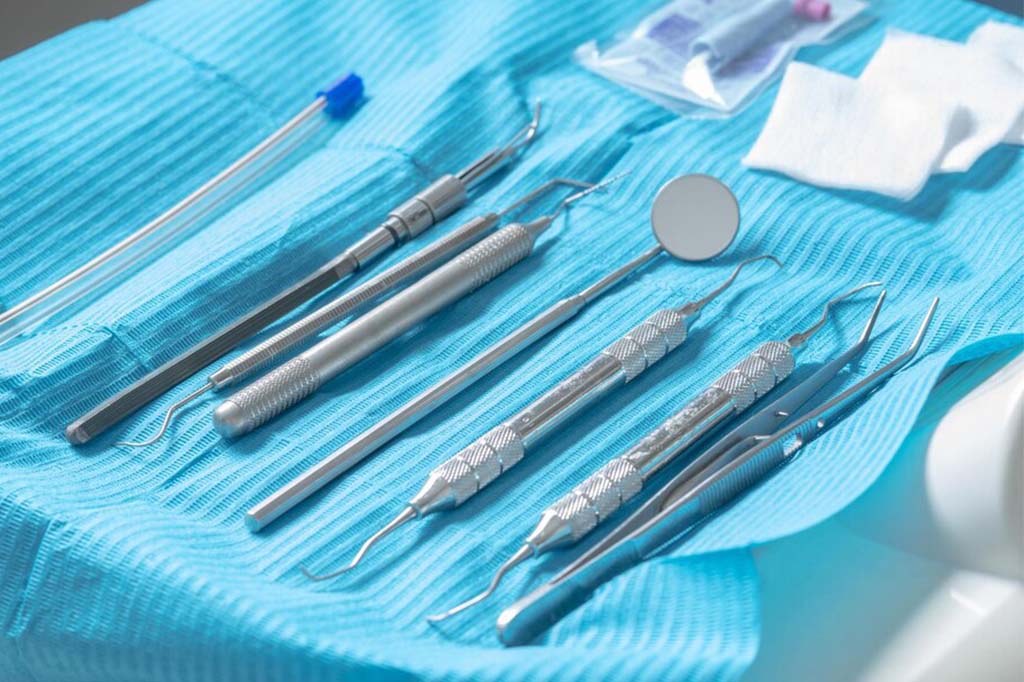
Dental Explorers: Understanding Their Role in Oral Care
When it comes to oral care, dentists use various tools to diagnose and treat dental problems. One such tool is the dental explorer, a small instrument that plays a significant role in identifying and treating dental issues. In this article, we’ll explore the dental explorer, its importance in dental care, and how it works.
What is a Dental Explorer?
A dental explorer, also known as a sickle probe, is a small instrument that dentists use to examine teeth and gums. The explorer consists of a thin, long, metal tip with a sharp, pointed end that allows it to penetrate and detect dental caries or cavities.
Why is a Dental Explorer Used?
A dental explorer is used to detect cavities, calculus, and other dental problems that may not be visible to the naked eye. Dentists use it to examine the surfaces of teeth, find weak spots, and check the depth of cavities. The explorer can also help identify gum recession, inflammation, and periodontal pockets.
How Does a Dental Explorer Work?
When a dentist uses a dental explorer, they run the tip over the surface of each tooth. If the tip catches or “sticks” in an area, it indicates that there may be decay or a cavity. The dentist can then probe further to confirm the presence of decay or a cavity and determine the extent of the damage.
Types of Dental Explorers
There are different types of dental explorers available, including:
- Sickle Probe: the most common type of dental explorer with a sharp, curved end used to explore the surfaces of the teeth.
- Straight Probe: a straight instrument with a blunt, rounded end used to examine gum pockets and around fillings.
- Periodontal Probe: a thin, straight instrument with markings used to measure the depth of gum pockets.
Advantages of Using a Dental Explorer
The advantages of using a dental explorer include:
- Early Detection: dental explorers can detect dental problems at an early stage before they become more severe and difficult to treat.
- Accuracy: dental explorers provide precise information on the extent and location of dental problems, allowing dentists to provide targeted treatments.
- Versatility: dental explorers can be used to detect a wide range of dental problems, from cavities to gum disease.
Precautions When Using a Dental Explorer
There are some precautions that dentists should take when using dental explorers, including:
- Use with Care: dental explorers have sharp tips that can cause damage to the tooth enamel, especially if used aggressively.
- Sterilization: dental explorers must be sterilized after each use to prevent the spread of infections.
- Regular Maintenance: dental explorers should be regularly inspected and maintained to ensure their effectiveness and safety.
Maintenance of Dental Explorers
To ensure the longevity and effectiveness of dental explorers, it’s essential to maintain them properly. Dentists should:
- Clean and sterilize the explorer after each use.
- Check the explorer regularly for signs of damage, wear, or corrosion.
- Replace the explorer if it becomes damaged or worn out.
Common Myths and Misconceptions About Dental Explorers
Some common myths and misconceptions about dental explorers include:
- Dental explorers cause cavities: This is a common myth that is not true. Dental explorers do not cause cavities but are used to detect them.
- Dental explorers are painful: While dental explorers can cause discomfort, they are not generally painful. However, if the tooth has decay or a cavity, the probing may cause some pain.
- Dental explorers are outdated: Despite the availability of newer technology, dental explorers remain an essential tool for dentists to diagnose and treat dental problems.
Dental Explorer vs. Other Dental Tools
While dental explorers are an essential tool, there are other dental instruments that dentists use to diagnose and treat dental problems. These include:
- Dental mirrors: used to reflect light and provide a better view of the mouth.
- X-rays: used to detect problems that may not be visible to the naked eye, such as cavities between teeth.
- Digital scanners: used to create 3D images of the teeth and gums, allowing dentists to detect problems with accuracy.
Frequently Asked Questions
- Is it painful when a dentist uses a dental explorer?
While dental explorers can cause discomfort, they are generally not painful. However, if there is decay or a cavity, the probing may cause some pain.
- How often should dental explorers be used?
Dental explorers should be used during regular dental checkups, which are typically recommended every six months.
- Can dental explorers damage teeth?
Dental explorers can cause damage to tooth enamel if used aggressively or improperly. Dentists should use them with care.
- What are the benefits of using a dental explorer?
The benefits of using a dental explorer include early detection of dental problems, accuracy in identifying the extent and location of dental problems, and versatility in detecting a wide range of dental problems.
- Are dental explorers outdated?
Despite the availability of newer technology, dental explorers remain an essential tool for dentists to diagnose and treat dental problems.
Conclusion
In conclusion, dental explorers play a crucial role in oral care. They are used by dentists to detect dental problems that may not be visible to the naked eye, providing early detection and targeted treatments. Despite the availability of newer technology, dental explorers remain an essential tool for dentists to diagnose and treat dental problems.

